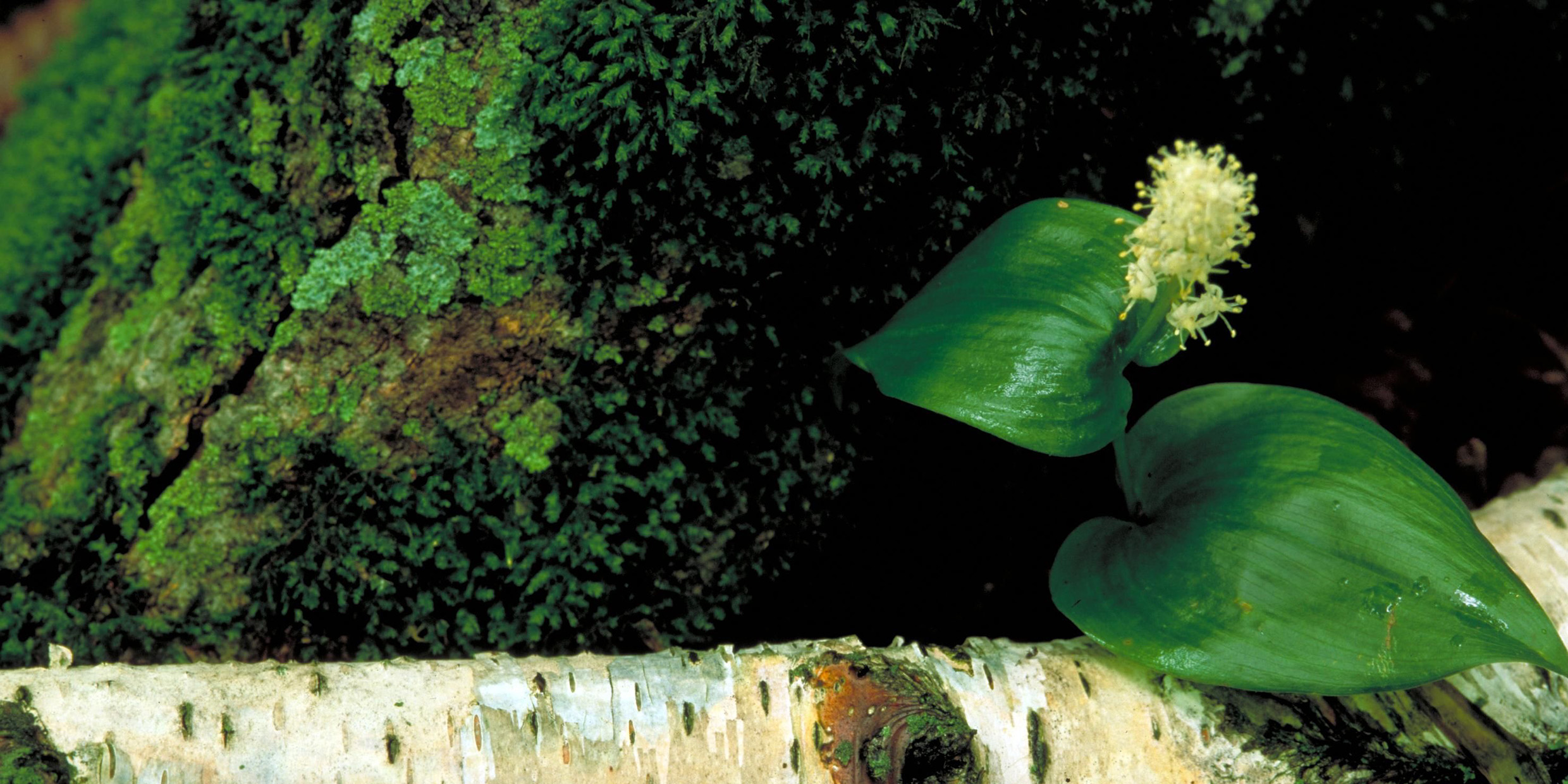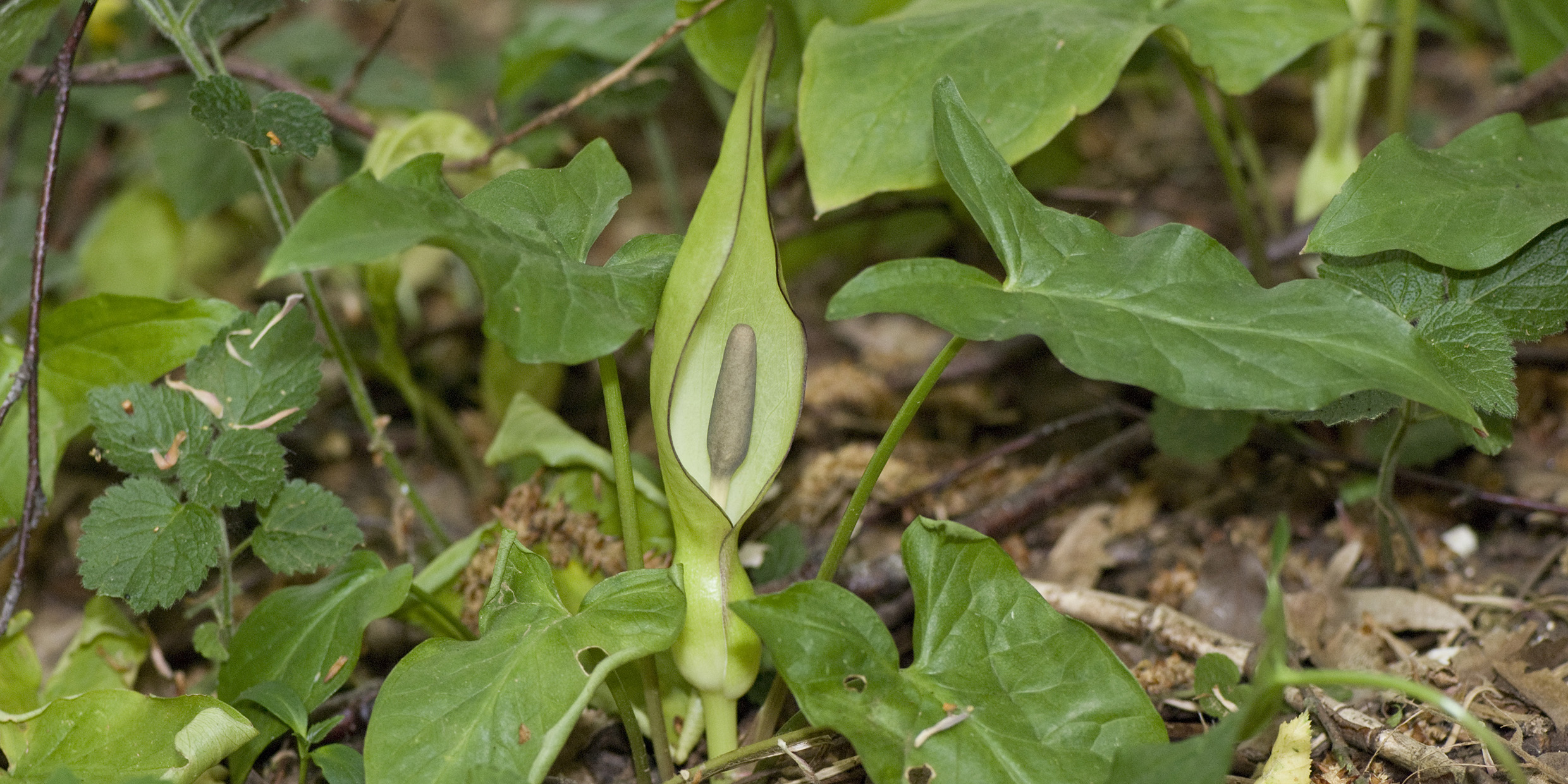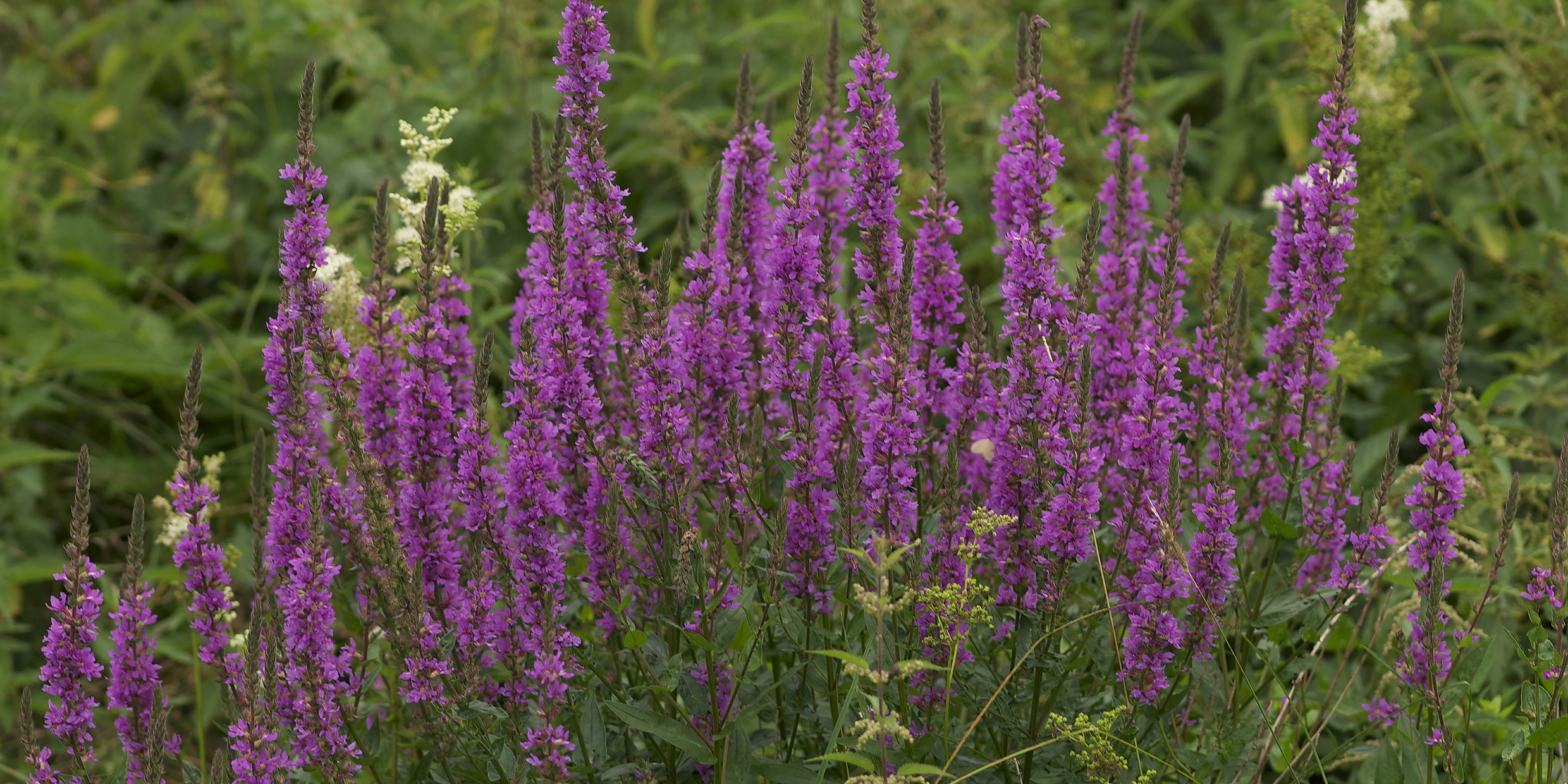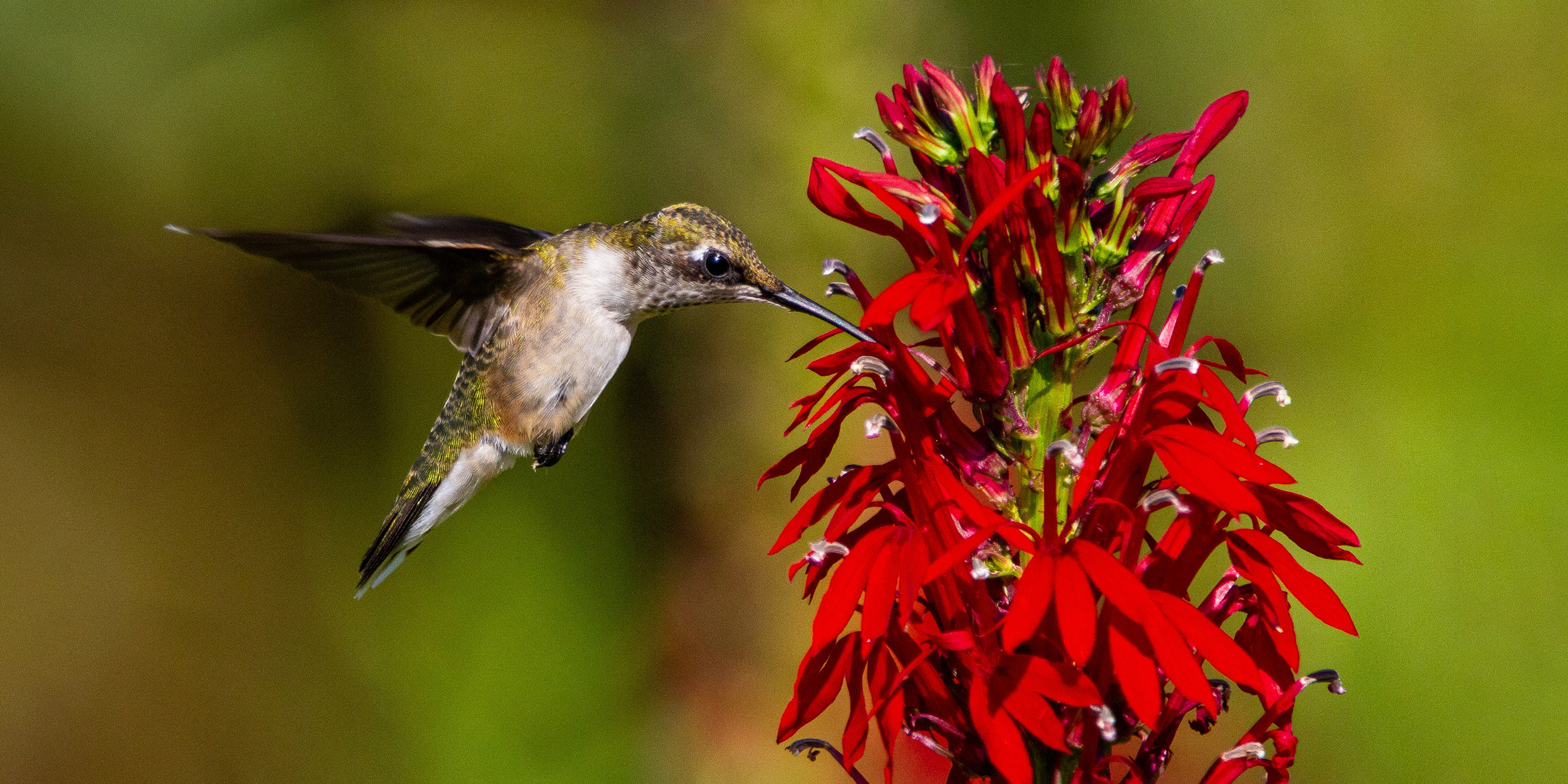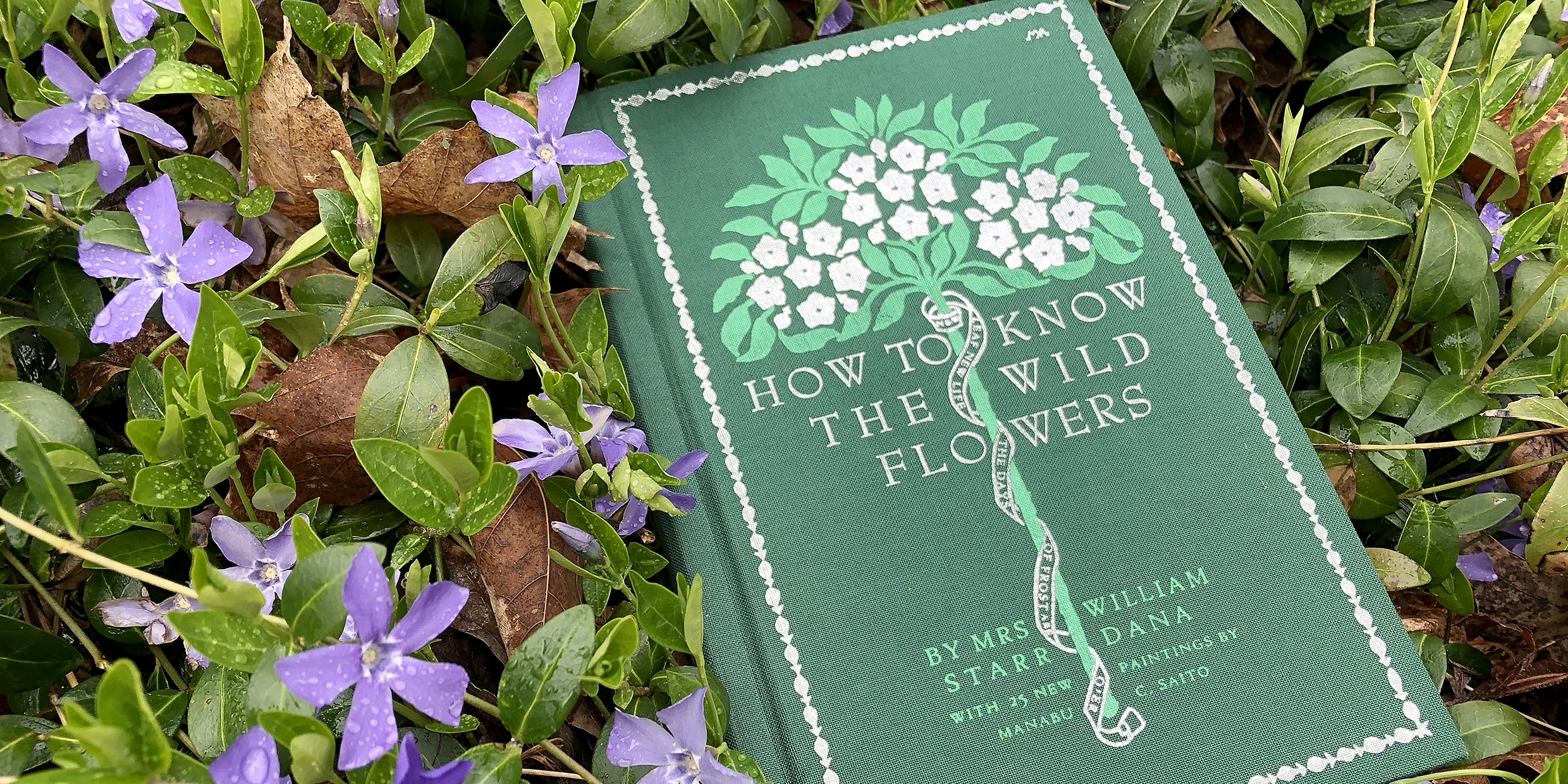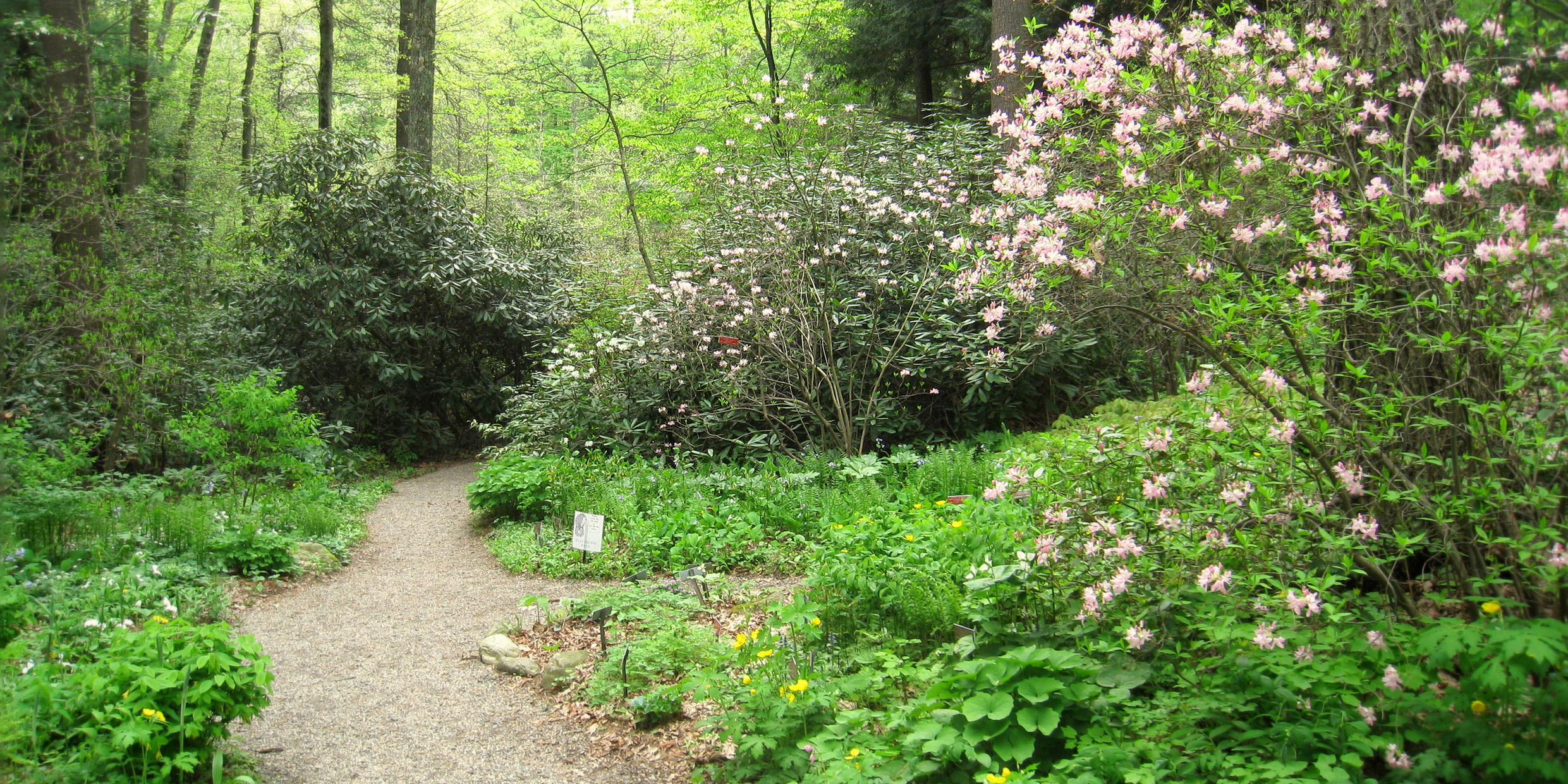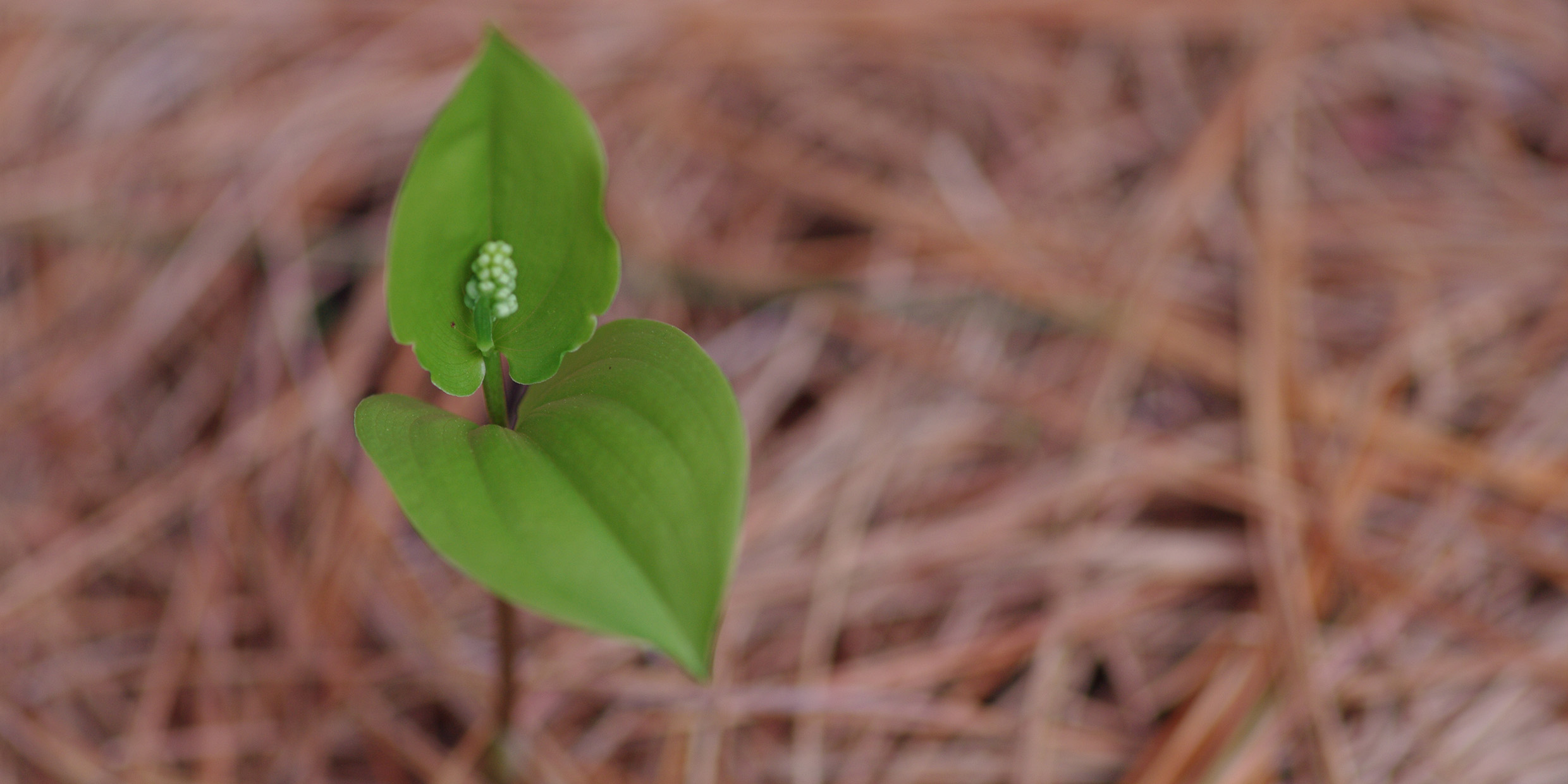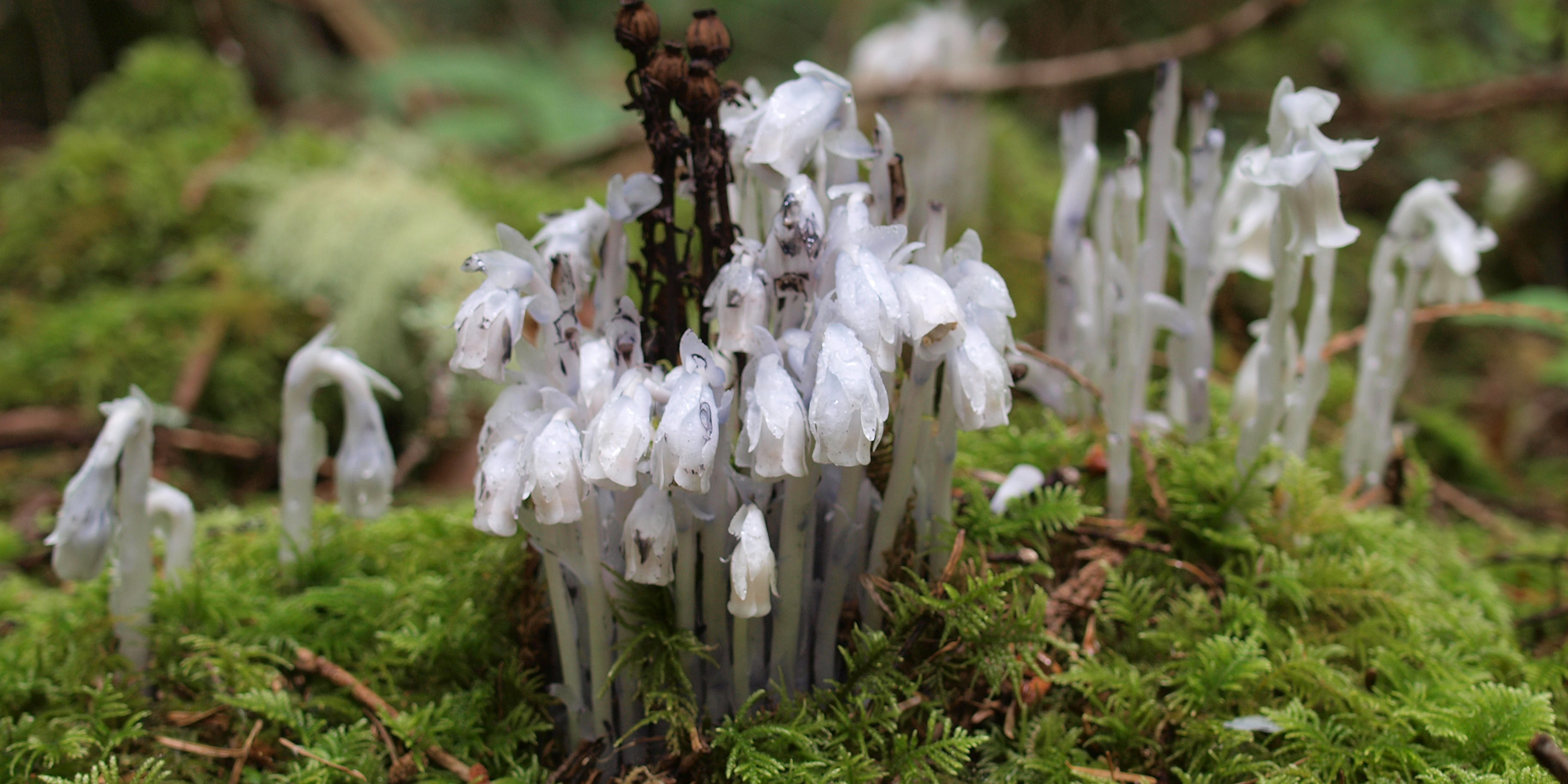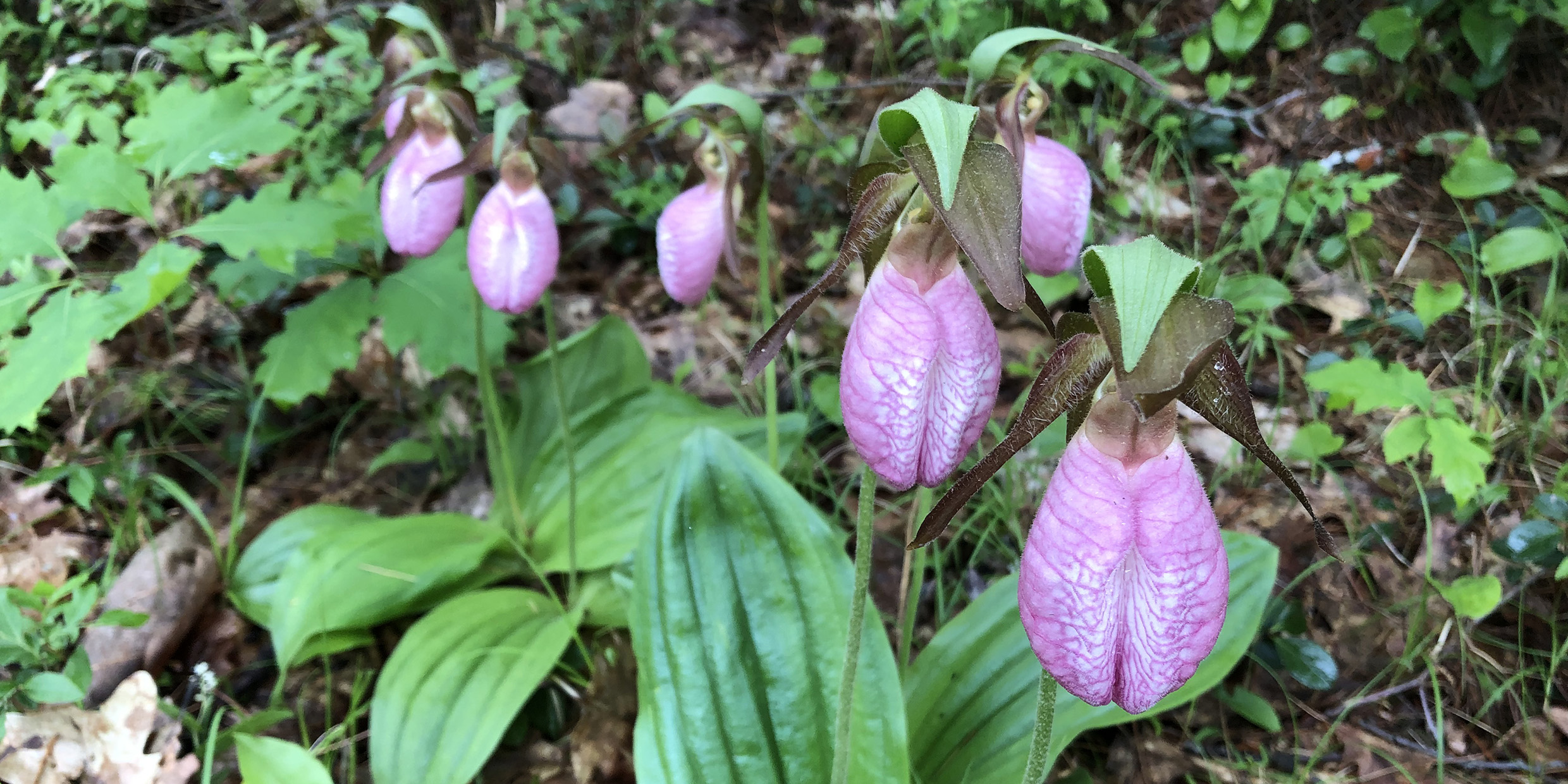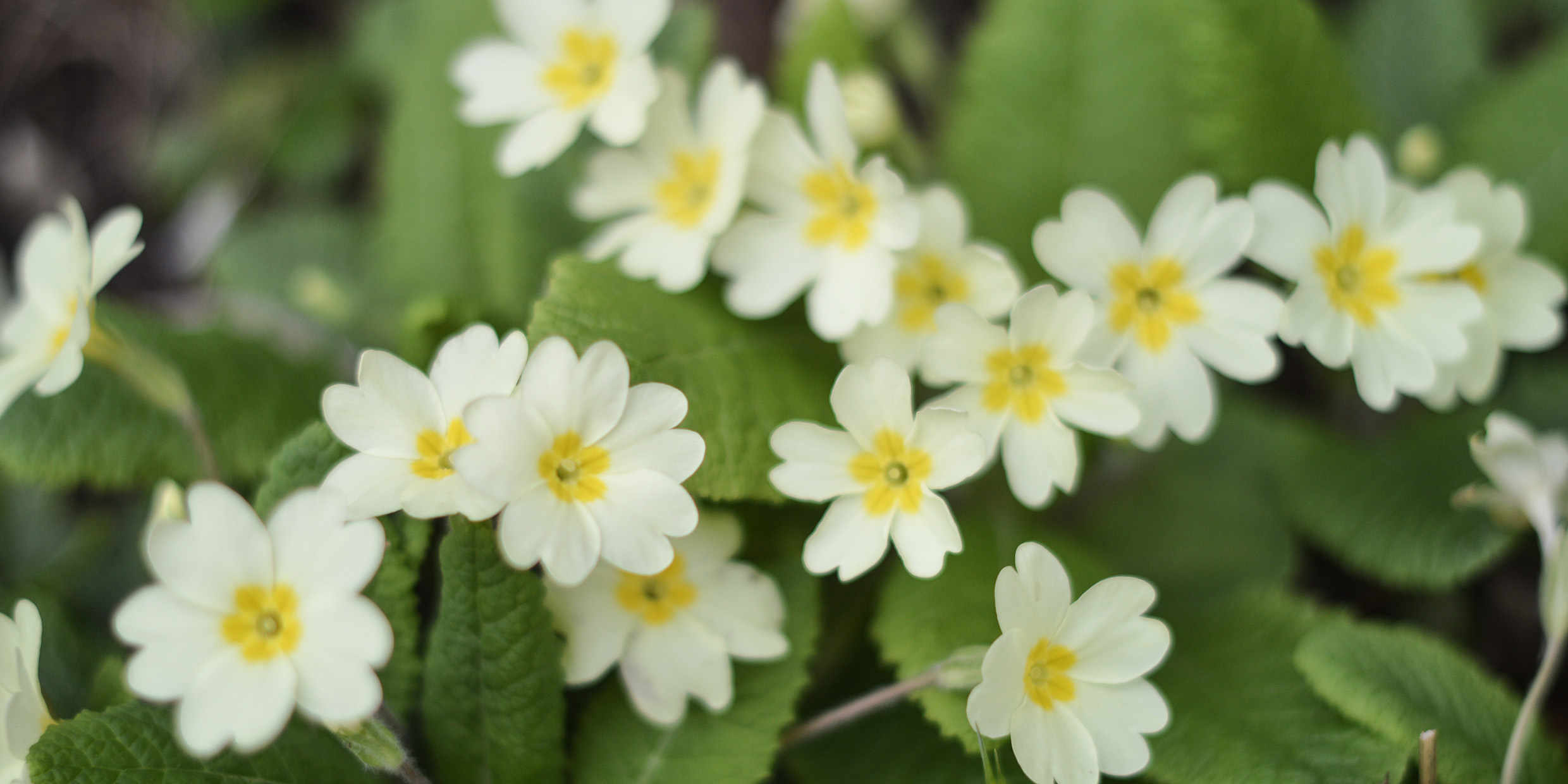There comes a moment in New England woodlands in the spring when up through last season’s decaying leaves and pine needles comes the first green. Like a carpet rolled out overnight, suddenly the greedy leaves of the Canada mayflower are everywhere.
Articles with Wildflowers
The lore of the flowers
Every now and then a book comes along that finds a place on the bedside table and stays there. So it has been with Richard Mabey’s “Flora Britannica.”
Still the best game in town
One person’s weed is another person’s miracle.
The colors of the seamless web
My field guide calls the cardinal flower “bright red.” Those simple words inadequately describe the cardinal flower’s electric presence in the ditch. Scarlet? Vermilion? Not enough pizazz.
Mrs. Dana’s guided tour
The first wildflowers of the spring are small, inconspicuously colored, and inclined to bashfulness. The wood anemone and starflower, two of my favorites, unfold their blossoms tentatively, as if testing the temper of the air. They hesitate in woody shadows, like young ballerinas waiting in the wings for some more-colorful prima donna to take the stage.
Subtle pleasures
I have no taste for formal gardens. Banks of gladiolas, no matter how colorful and variegated, hold no attraction. Acres of tulips, or azaleas, or roses might as well be grass.
The force — tons of it — is with the mayflower
On the floor of New England’s oak woodlands, the Canada mayflower (wild lily-of-the-valley) is making its play for the sun. Like two greedy hands, the paired green leaves of that ubiquitous little plant are reaching for sunlight, softening the winter woods and teasing us toward summer.
The zombies of the plant world
It’s been a bumper year for Indian-pipes. I can’t recall another time when I have seen so many. Even as I write, in late September, they are still common in the pine-oak woods, pushing up through the leaf litter on the forest floor, little covens of waxy-white wildflowers, ghostly, bewitching, vaguely demonic.
The lady’s slipper
Lady’s slipper. Moccasin flower. Squirrel shoes. The scientific name of the plant is Cypripedium, which is Greek for “slipper of Venus.” The early French explorers of North America called it le sabot de la Vierge, “the sabot of the Virgin”; a sabot is a wooden shoe worn by peasants in France.
A primrose is a primrose — well, not always
Come with me for a Valentine’s walk down the primrose path. It is a walk of spring, of young love, and of dalliance. Just now, in the midst of winter, we can use a taste of spring.
